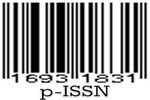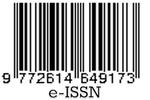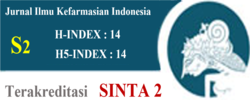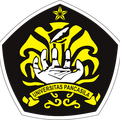The Activity of Tempe Isoflavone in Inhibiting the α-Glucosidase Enzyme and It’s Effect on Hyperglycemic Rats
Abstract
Isoflavone is a bioactive compound found in fermented soy bean or tempe, and found to have beneficial effect on human health. The objectives of this research were to assay the activity of tempe isoliavone in inhibiting the α-glucosidase enzyme in vitro and to determine the dosage of antihyperglycemic activity of isoflavone tempe. inhibitory effects of tempe isoflavone on α-glucosidase enzyme was tested by spectrofotometry method while in vivo evaluation are conducted using rats under hyperglycemic condition. A total of thirty five male Spraque Dawley rats, which is two months old were used in this study. The rats were divided into seven groups: (1) negative control group; (2) positive hyperglycemic group; (3-6) positive hyperglycemic group and treated with tempe isoflavone with dosages of 100, 200, 300, and 400 mg/kg body weight (bw); and (7) positive hyperglycemic group treated with acarbose dosage of 4,5 mg/kg bw. Blood glucose level was evaluated every 0, 30, 60, 120, 180, and 240 minutes following treatment using Blood Blucose Test Meter GlucoDr. The result showed that the inhibitory effect of tempe isoflavone on α-glucosidase enzyme was 11.89%, with IC50 1.4 mg, and this mechanisms are caused by daidzein and genistein. lsoflavone of tempe with dose of 400 mg/kg bw showed an antihyperglycemie effect.
References
2. Kim JS, Ju JB, Choi CW, Kim SC. Hypoglycemic and antihyperlipidemic effect of four korean medicinal
plants in alloxan induced diabetic rats. Am J Biochem Biotech. 2006.21: 154-160.
3. Dominiczak MH. Glucose homeostasis, fuel metabolism and insulin. In Baynes JW and Dominiczak MH Editors, Medical biochemistry. Second edition. Elsivier Mosby; 2005. 273-97.
4. Roivainen M, Rasilainen S, Ylipaasto S, Nissinen R. Ustinov J, Bouwens L, et al. Mechanisms of coxsackievirus-induced damage to human pancreatic b-cells, The J Clin Endoc Metab, 2000. 85:432-110.
5. Koczwara K, Bonifacio E, Ziegler AG. Transmission of maternal islet antibodies and risk of autoimmune diabetes in offspring of mothers with type 1 diabetes. Diabetes. 2004. 53:1-4.
6. Robertson RP, Harmon J, Tran PO, Poitout V β-cell
glucose toxicity, lipotoxicity, and chronic oxidative
stress in type 2 diabetes. Diabetes. 2004. 53:S119-24.
7. Cooke GM. A review ofthe animal models used to
investigate the health benefits of soy isoilavones. J
AOAC Int. 2006. 8911215-27.
8. Vedavanam K, Srijayanta S, O’Reilly J. Antioxidant action and potential antidiahetic properties of an isoflavonoid-containing soybean phytochemical extract (SPE). Phytother Res. 1999. 13:601-68.
9. Liu D, Zhen W, Yang Z, Carter JD, Si H, Reynolds KA. Genistein acutely stimulates insulin secretion in pancreatic-cells through a CAMP-dependent protein kinase pathway. Diabetes, 2006. 55:1043-50.
10. Inzucchi SE. Oral antiliyperglycernic for type 2 diabetes: scientilic review. JAMA, 2002. 287:360-72.
11. Hermana, Karmini M. Pengembangan teknologi pembuatan tempe. Di dalarn Sapuan, Soetrisno N, Editor, Bunga Rampai Tempe Indonesia. Jakarta: Yayasan Tempe Indonesia; 1996.151-68.
12. Pawiroharsono S. 1995. Metabolisme isoflavon dan faktor II (6,74’ trihidroksi isoflavon) pada proses pembuatan tempe. Prosiding Simposium Nasional Pengembangan Tempe Dalam Industri Pangan Modern.Yogyaka1ta 15-16April, 1995:165-74.
13. Sutedja L. Bioprospecting Tumbuhan Obat Indonesia Sebagai Sediaan Fitofarmaka Antidiabetes. Laporan kemajuan Tahap II Riset Unggulan Terpadu. Pusat Penelitian Kimia-LIPI. 2003. ll-2.
14. Kerato M, Yamaguchi K, Takei S, Kino T, Yazawa K. Inhibitory effects of Pasuchaca (Geranium dielsianuin) extract on on-glukosidase in mouse. Biosci Biotechnol Biochem. 2006. 70:1482-4.
15. Steel RGD, Torrie JH. Prinsip dan Prosedur Statistika, suatu pendekatan biometrik. Jakarta: PT. Gramedia Pustaka utama; 1993.168-205.
16. Lee DS, Lee SH. Genistcin, a soy isoflavone, is a potent on-glucosidase inhibitor. FEBS Letters. 2001. 501:84-6.
17. Gulfraz M, Qadir G, Noshhen F, Parveen Z. Antihyperglycemic effects of Berberis lyceurn royle in alloxan induced diabetic rats. Diabetologia Croatica. 2007. 36 (3):49-54.
18. Hirsh AJ, Yao SY, Young DJ, Cheeseman Cl, Inhibition of glucose absorption in the rat jejunum: a novel action of alpha-D-glucosidase inhibitors. Gastroenterology 1997. 113:205-11.
1`9. Tsai AC, Mott EL, Owen GM. Effects of soy polysaccaride on gastrointestinal fiinctions, nutrient balance, steroid excretions, glucose tolerance, serum lipids and other parameter in humans. Ain J Clin Nutr. 1983. 38:504-11.
20. Gonzalez AG, Bazzochi, Gupta MP, Xanthine oxidase inhibitory activity of some Panamanian plants from Celastraceae and Laminaceae. J Ethnopharinacology, 1995. 46:25-9.
21. Tsutomi N, Masatoshi N, Akira I, Two new poten inhibitors of xanthine oxidase from leaves of Perilla frusrencens Britten, Var. Acuta Kudo. Chem Pharm Bull. 1990. 38(6):1772-74.
Licencing
All articles in Jurnal Ilmu Kefarmasian Indonesia are an open-access article, distributed under the terms of the Creative Commons Attribution-NonCommercial-ShareAlike 4.0 International License which permits unrestricted non-commercial used, distribution and reproduction in any medium.
This licence applies to Author(s) and Public Reader means that the users mays :
- SHARE:
copy and redistribute the article in any medium or format - ADAPT:
remix, transform, and build upon the article (eg.: to produce a new research work and, possibly, a new publication) - ALIKE:
If you remix, transform, or build upon the article, you must distribute your contributions under the same license as the original. - NO ADDITIONAL RESTRICTIONS:
You may not apply legal terms or technological measures that legally restrict others from doing anything the license permits.
It does however mean that when you use it you must:
- ATTRIBUTION: You must give appropriate credit to both the Author(s) and the journal, provide a link to the license, and indicate if changes were made. You may do so in any reasonable manner, but not in any way that suggests the licensor endorses you or your use.
You may not:
- NONCOMMERCIAL: You may not use the article for commercial purposes.
This work is licensed under a Creative Commons Attribution-NonCommercial-ShareAlike 4.0 International License.

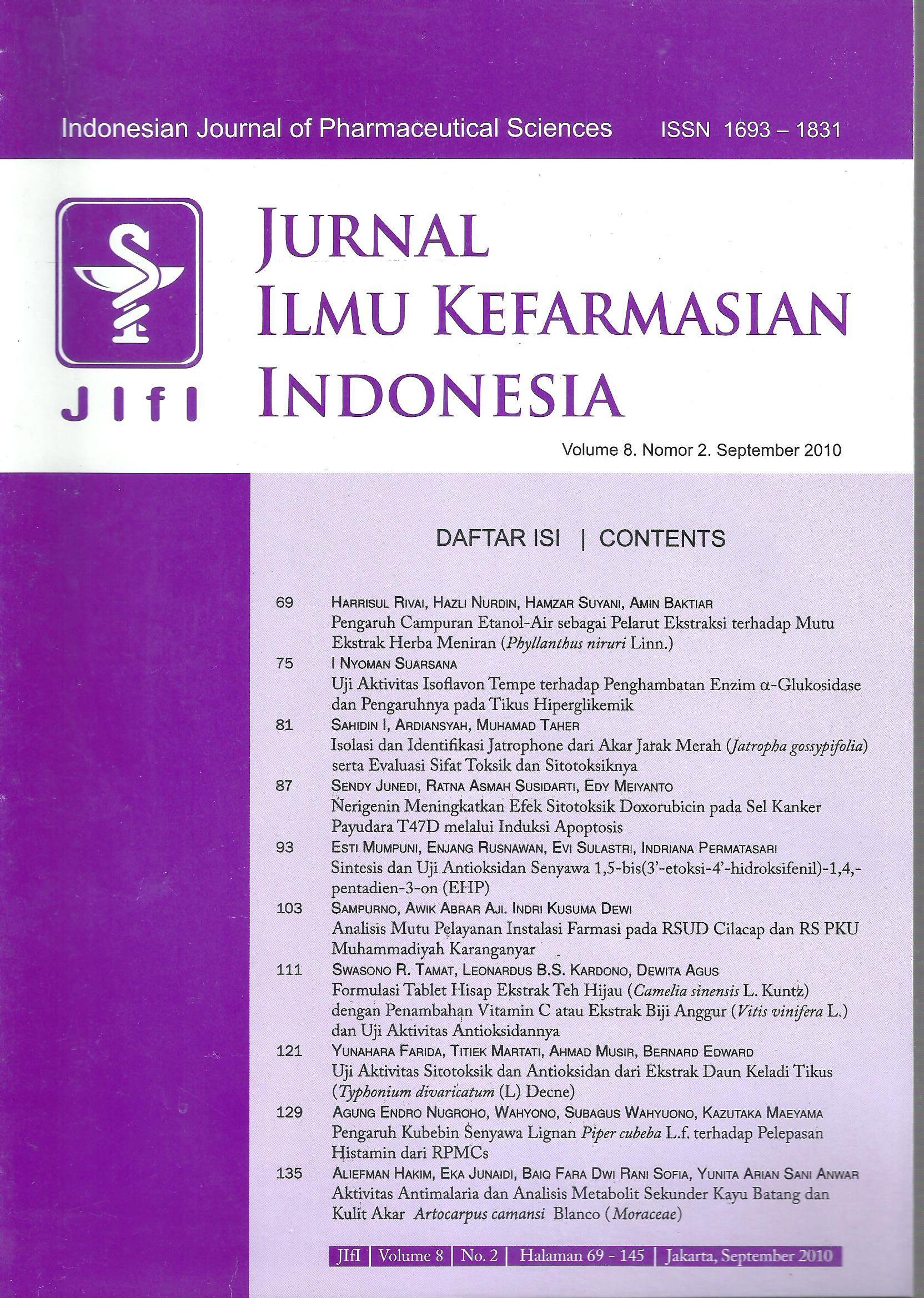



 Tools
Tools

